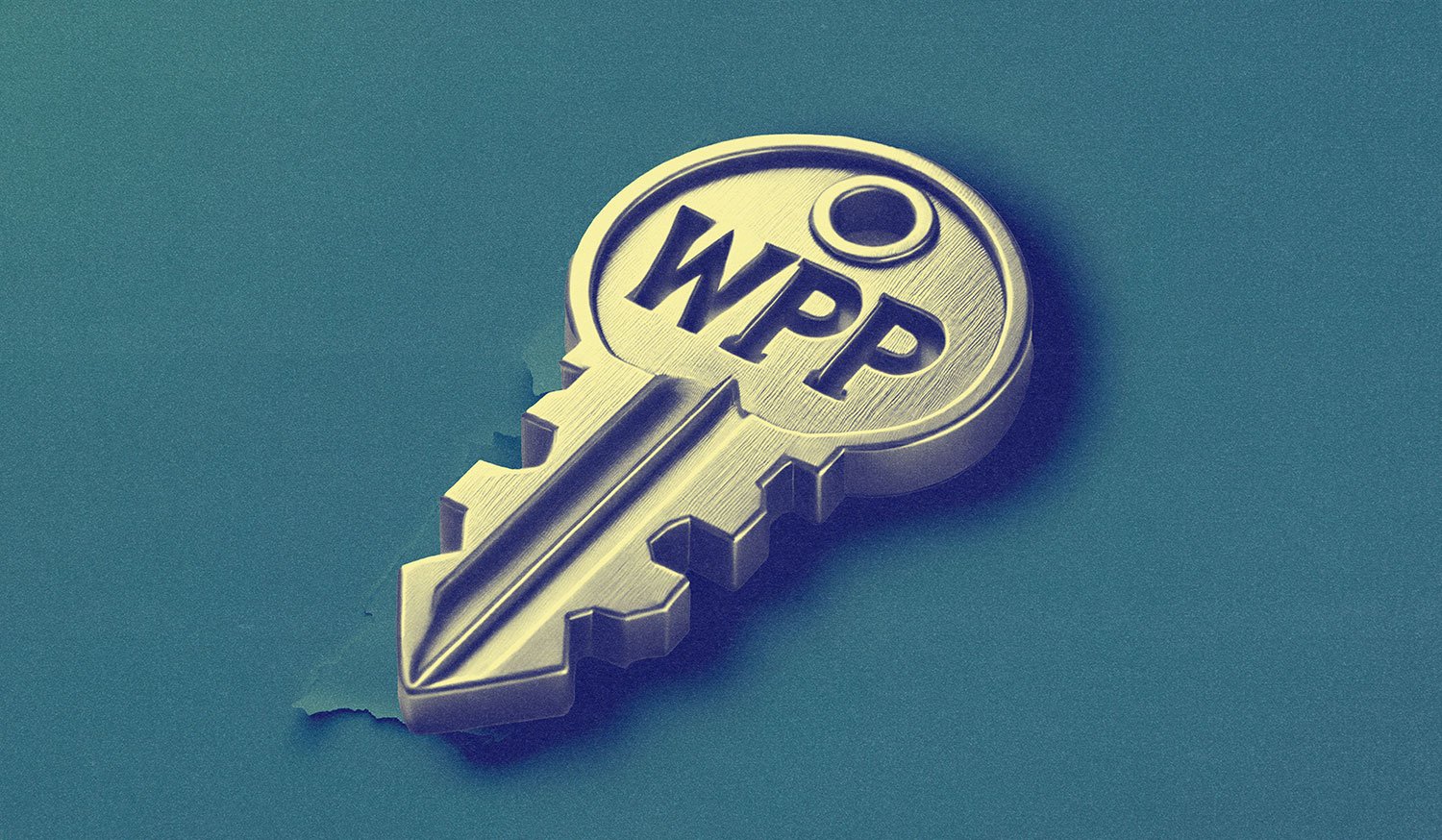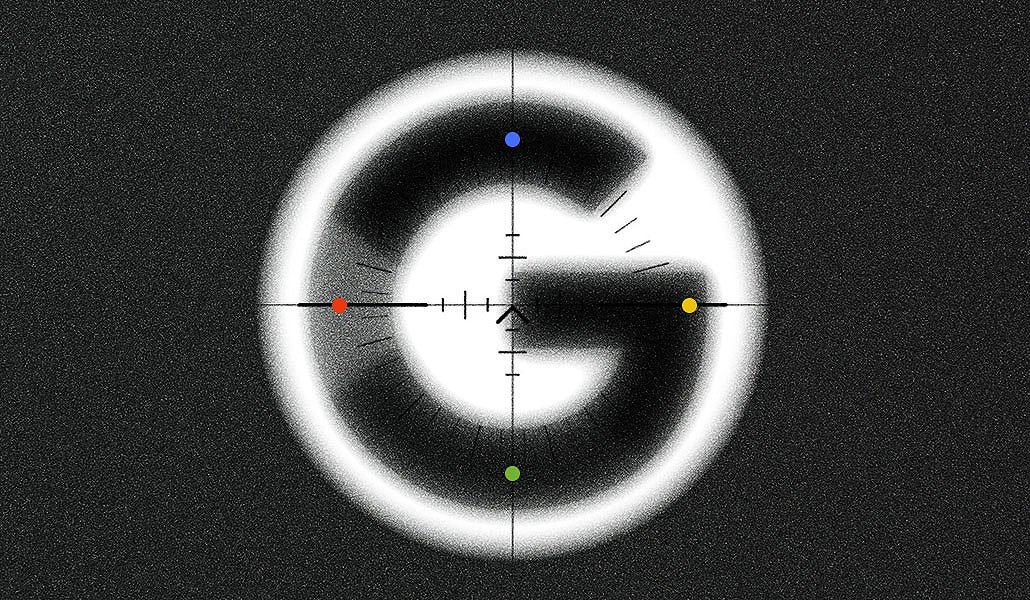WPP’s acquisition of data clean room InfoSum has raised eyebrows both inside and outside the industry, not just because of what it signals about the holding company’s ambitions but also because of what it reveals about its anxieties.
The holdco has bought a business it believes, rightly or wrongly, can bolster its cash cow: GroupM. The media buying unit has faced those pressures for some time, and those cracks have played a role in several high-profile client departures over the past year. Yes, WPP has chalked up some headline wins recently — Amazon and Unilever, to name a couple — but there’s no denying that whatever GroupM is selling, CMOs aren’t buying it like they used to.
The pitch is simple enough. InfoSum’s clean room uses federated learning to let marketers work with sensitive data without actually moving or exposing it. In theory, this enables rich insights by combining first-party data with a vast pool of privacy-safe signals — hundreds of billions of them — sourced from the likes of Netflix, Samsung Ads, and Channel 4, along with data partners like Experian and TransUnion. It’s the kind of offering that could further GroupM’s ongoing efforts to stitch together insights across fragmented platforms.
But for all the strategic logic, the road ahead is murky.
Clean rooms in transition
For all InfoSum’s promise, the clean room category itself is in transition. Once heralded as the cornerstone of privacy-first advertising, clean rooms lost some of their shine once marketers realized they solved only part of the puzzle. On their own, they don’t deliver the scale, simplicity, or seamless outcomes CMOs expect, especially in a landscape preferring retail media channels where data activation and measurement come bundled.
In addition to the high costs, technical complexity, and limited interoperability, it’s easy to see why clean rooms have struggled to scale as point solutions. More and more, they’re being folded into larger tech stacks or absorbed into cloud infrastructure — seen as less of a strategy and more of a supporting feature. WPP may view InfoSum as a strategic linchpin for GroupM and Choreograph, but the bigger question is whether it can transform a specialized tool into something that moves the whole machine.
And then there’s the trust problem.
InfoSum’s appeal was built over nearly a decade on neutrality — a Switzerland for sensitive data. That’s a much harder pitch now. No matter how WPP frames it, it’s tough to imagine rival holding companies lining up to upload customer data into a platform now owned by one of their fiercest competitors. The promise of independence, once central to InfoSum’s volume, is up for debate the moment its ownership changes hands.
Little wonder, then, that the deal has left some WPP clients, partners and even rivals scratching their heads over its swoop for InfoSum.
One GroupM client told Digiday they had reservations over how the deal would really add value to the agency network.
“Even before the deal, we were already considering whether to put the account up for review at some point this year or next,” the marketer said.
Meanwhile, Publicis Groupe CEO Arthur Sadoun highlighted the challenges of integrating a clean room like InfoSum into a wider proposition during the company’s earnings call earlier this week, underscoring how closely the industry is watching not just what WPP bought but what it will now do with it.
“A clean room alone is an empty shell,” said Sadoun. “If you don’t add proprietary data that will bring to your client something that they don’t have then they won’t find a new source of goals. They won’t be able to connect every individual to the entire media ecosystem.”
The path to purchase
In the weeks leading up to the purchase, InfoSum pursued a $25 million Series C investment — it raised $93 million across its prior funding rounds.
InfoSum CEO Lauren Wetzel told Digiday WPP was eager to participate in the round, but it soon evolved into a wholesale takeover. “About a week out from closing the Series C, one of those investors who was new to the cap table along with WPP shifted gears and felt very strongly there was more of an opportunity for a [sale] transaction,” she added.
WPP did not disclose the sum it paid for its new acquisition in its April 3 announcement, prompting speculation over InfoSum’s final exit figure. This was further fueled when Chrysalis — the lead participant of InfoSum’s 2021 raise, when it was valued at $300 million — announced a $63 million liquidation of its stake in the U.K.-headquartered company on the same day.
Estimated exit prices vary, although separate sources (both of whom were investors in InfoSum) told Digiday the eventual sale price was approximately $150 million. WPP declined Digiday’s requests to comment on these claims.
While Wetzel didn’t comment on the financials of the sale, she spoke on the decision to switch from raising a Series C to signing off on an acquisition. “It was compelling for our investors,” she said, “and it had to be for me to change my mind.”
Due diligence
Additionally, sources claimed InfoSum made dozens of layoffs in the weeks leading up to the purchase — Digiday understands this number is lower than 20 — a period when Companies House initiated compulsory strike-off proceedings. According to Wetzel, who is now also GroupM’s chief solutions officer, the March 4 notice, which marked the beginning of a process that could have resulted in InfoSum’s compulsory dissolution, was the result of its fundraising efforts.
According to Wetzel, the timing of its efforts to raise a Series C round meant InfoSum deferred filing its accounts with the registry of all U.K. businesses. Thus, Companies House triggered the process, which Wetzel characterized as “pretty standard” given the context.
Furthermore, in the weeks since the purchase was confirmed, industry observers raised how Brian Lesser, CEO of WPP’s GroupM, was chief executive of InfoSum as recently as July of last year and whether this amounted to a conflict of interest.
Digiday was told that Lesser was not part of the acquisition process for this reason. Instead, a team of technical execs oversaw the transaction and is held to the same degree of third-party oversight as any other, according to WPP.
A sign of the times
The agency network, once the undisputed heavyweight of media buying, has spent the last few years walking a tightrope: trying to modernize its infrastructure without unraveling the scale that made it powerful in the first place. The result has been a kind of strategy stutter. Internally, leadership changes have only deepened the disorientation. Over the past 18 months, the exits of GroupM’s CEO in North America, Kirk McDonald, followed by GroupM CEO Christian Juhl being replaced by Lesser a year later, have left staff unsure of who’s steering the ship and in which direction.
Lesser, in particular, made waves upon his return, declaring to Adweek that within five years, “there is no human that touches a media plan.” It was meant to signal ambition, especially when paired with the familiar refrain that AI won’t take jobs, but people who use it will. For some inside GroupM, though, it landed less like a rallying cry, more like a warning — an aspirational soundbite that glossed over the day-to-day friction of a network still figuring out how to move forward.
“It seemed like there was very little regard for the people who are actually running the agency, ” said the partner, echoing what they described as widespread frustration among colleagues and friends still inside the network in reaction to the quote.
Outside the network, things aren’t much better.
On the new business, the media group trails its rivals. Last year it ranked third behind Omnicom Media Group and Publicis in net new and retained client wins with a total value of $3.5 billion, according to COMvergence, a global research firm that tracks agency pitches. When accounting for that value without losses, it climbed to second place with $8.7 billion, still behind Omnicom.
“Clients are really souring on WPP — they’re not interested in the new direction it’s on,” said a pitch consultant on condition of anonymity. “WPP has been dormant while its biggest rivals have been proactive. That’s had an impact on GroupM, which doesn’t seem to have an exciting story to tell clients in the way that Publicis Media does.”
Lesser has defended the network’s performance, arguing it’s paying for sins of the past. He also noted that GroupM has actually beaten out Publicis more recently.
“I think the notion that WPP is not competitive is a little bit overplayed and dramatic,” he told Digiday last week when the InfoSum deal was announced. He added, “If you look at some of our wins from late last year, whether that be Amazon, or Unilever — taking the commerce business back off Publicis because Unilever was unhappy there — and winning J & J in a direct head-to-head with Publicis. I think that we are very competitive in the market. And frankly, when you look at our financial results, that has more to do with things that we’ve lost in the past, that we’re just feeling the after-effects of.”
The irony is that for all the talk of reinvention, GroupM’s future seems increasingly straddled with the same issues as its past: a clunky operating model, an over-reliance on scale, and an uneasy relationship with the very technology it’s banking on to save it.











